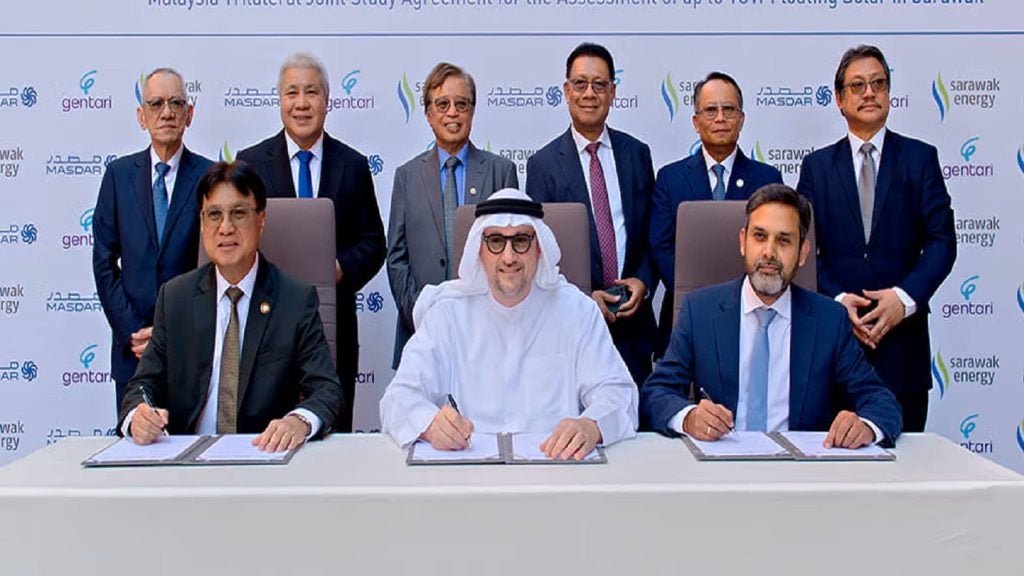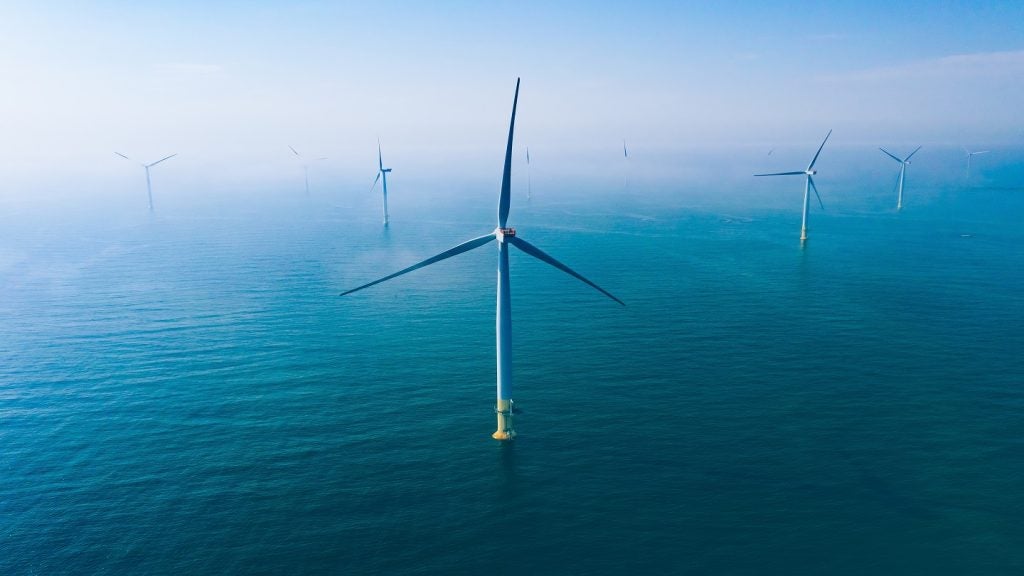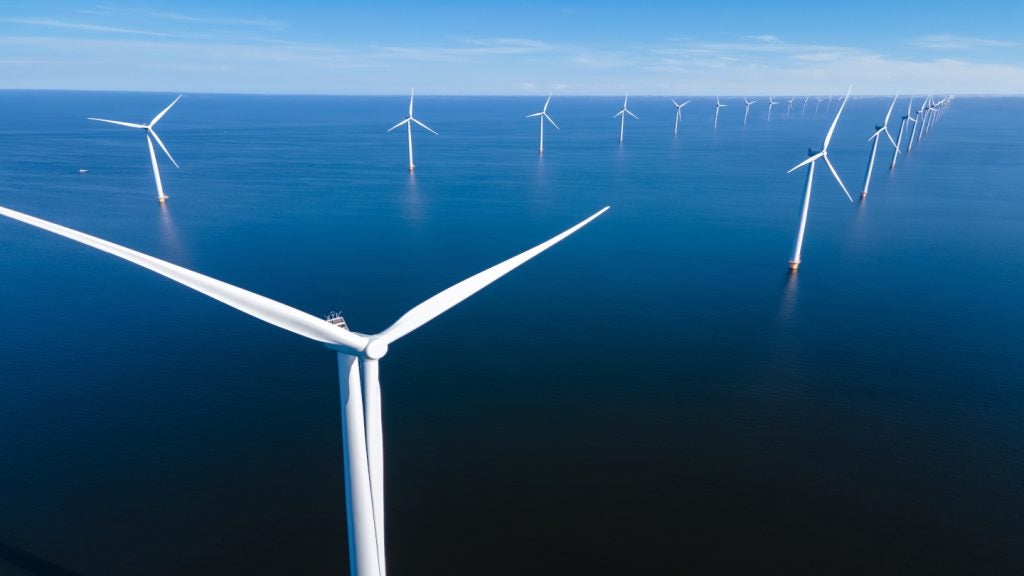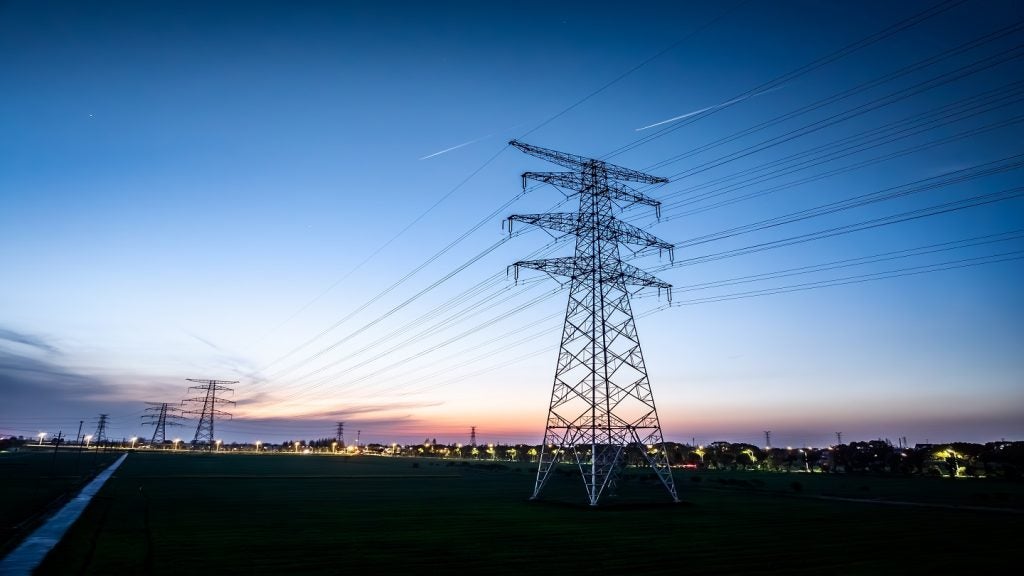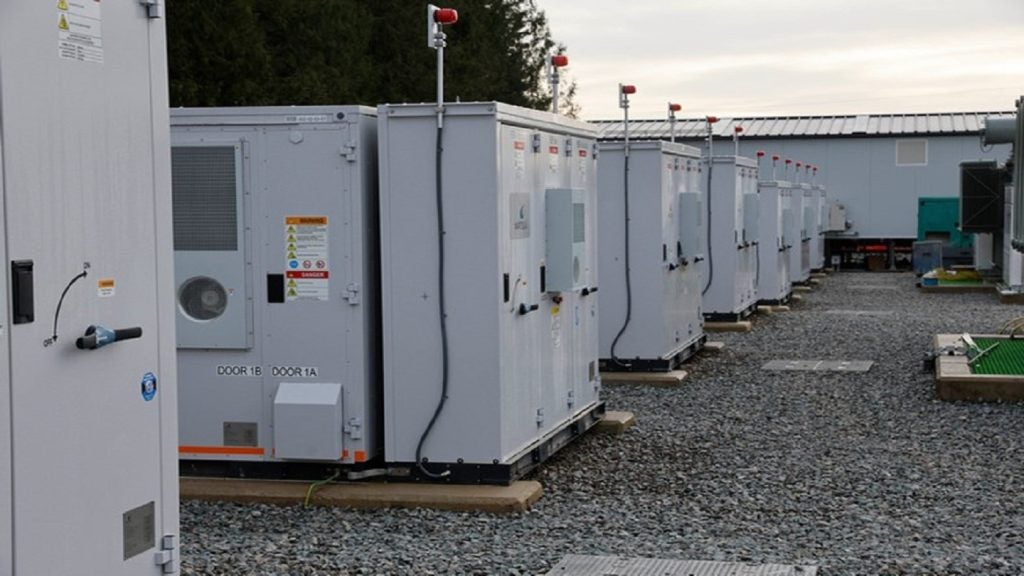With Kamala Harris having now formally conceded the election to Donald Trump, the 78-year-old New York native has become president-elect, and is set to begin his second term in White House in a couple of months.
Former US President Trump declared victory early Wednesday, and currently has 294 electoral college votes, well over the 270 needed to ensure victory.
Two of the three states yet to declare – Nevada and Arizona – are leaning towards Trump, meaning he will likely secure over 300 votes.
But what changes will he implement in one of the most crucial industrial sectors in the US – oil and gas production, processing and export?
Power Technology looks at some of the likely coming policy shifts we can expect to see.
Oil and gas growth
Trump’s plans for the US’s oil and gas sector could not have been made more clear during his acceptance speech, as he boasted of the country’s vast reserves.
Turning to Robert F. Kennedy Jr., a presidential candidate who endorsed Trump in August, Trump said the US has “more liquid gold than any country in the world. More than Saudi Arabia. We have more than Russia.”
As he returns for a second term, Trump will aim to boost the production of fossil fuels, returning the US to what he claimed was ‘energy independence’ (even though the US continued to import oil during his first term).
Oil and gas producers are expecting a loosening of regulations around exploration and licences, although the process may be gradual.
Hydrocarbon production in the US reached record levels under President Joe Biden in 2022, as fracking intensified and exploration in the Gulf of Mexico increased.
The US is now the world’s largest oil producer, some way ahead of Saudi Arabia, with most of the oil refined and consumed within the country.
Trouble ahead
According to a research note published by Goldman Sachs in late July, no matter who wins the race to the White House they will struggle to enhance the US’s domestic oil supplies.
The global financial institution said limiting factors include the current low levels of the strategic petroleum reserve, while looser regulations may only help with increased supplies in the longer term.
The banking giant expects Brent crude prices to range from $75 to $90 per barrel in 2025, assuming steady growth in the US economy and market balancing from the Organization of the Petroleum Exporting Countries (OPEC).
Green energy skepticism
Trump has long been seen as skeptical of the benefits and economic returns associated with green energy.
In 2017, he announced that the US would pull out of the Paris climate agreement, although the country was not able to withdraw until November 2020.
If he removes the US again, he will still need to wait a year before the US is completely out, at which point the country would no longer be under treaty obligations.





